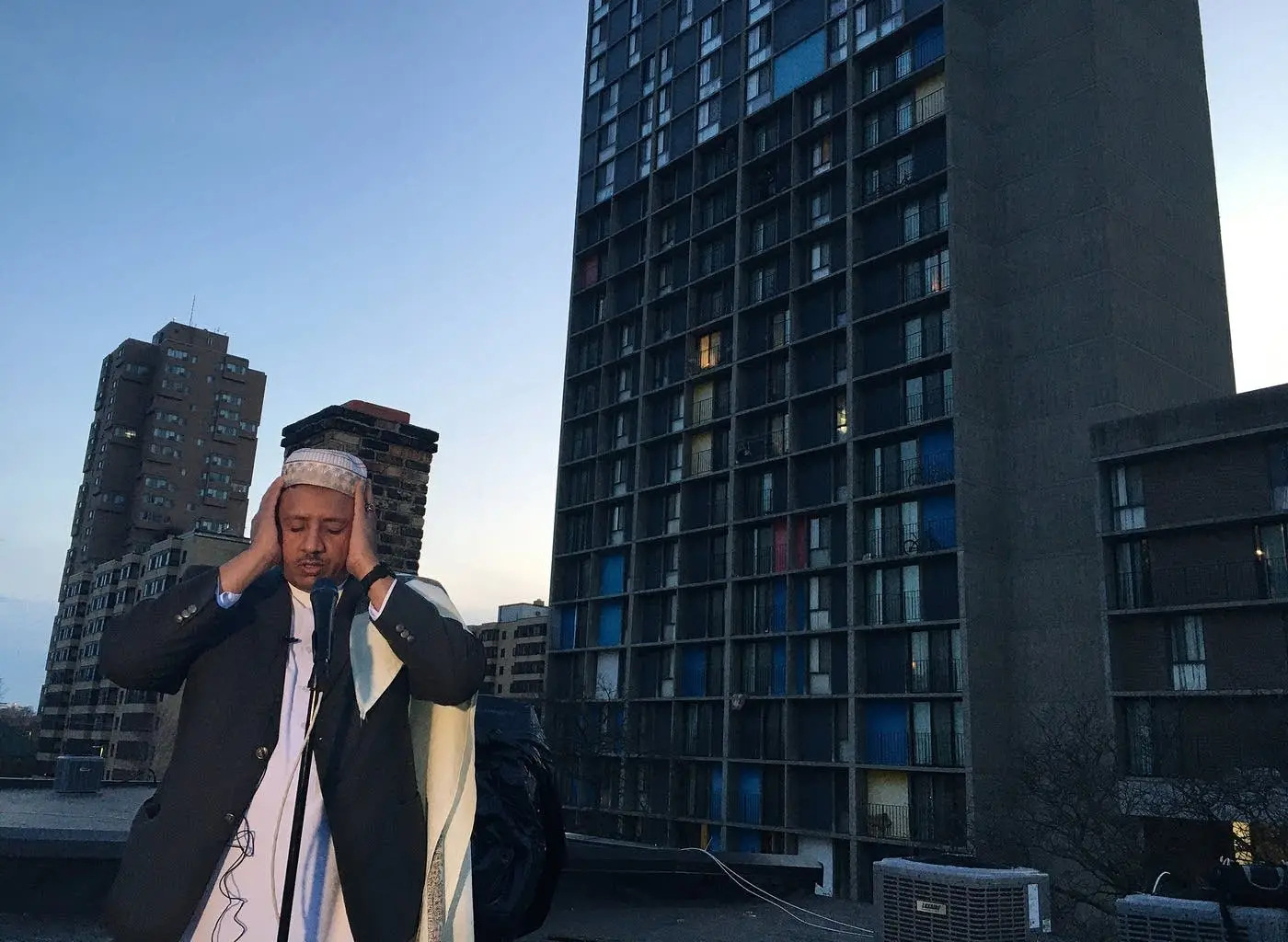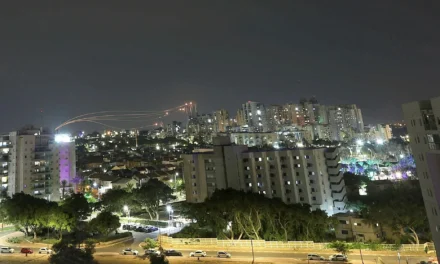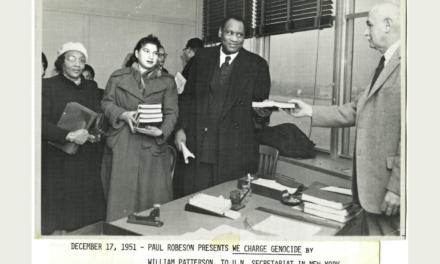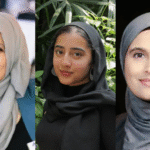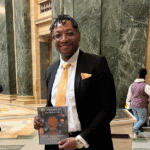Salah (Prayer) Times
This was the first time a call to prayer was given publicly in Minneapolis.
When traveling through the Middle East and North Africa, one of the most iconic sounds you will hear is the Islamic call to prayer. In Arabic it is called the Adhan. The Adhan is performed by a muezzin whose recitation announces that it is the time for an obligatory Salah (prayer). Here is an excellent example of the Adhan being called by a well known religious figure, Mufti Menk.
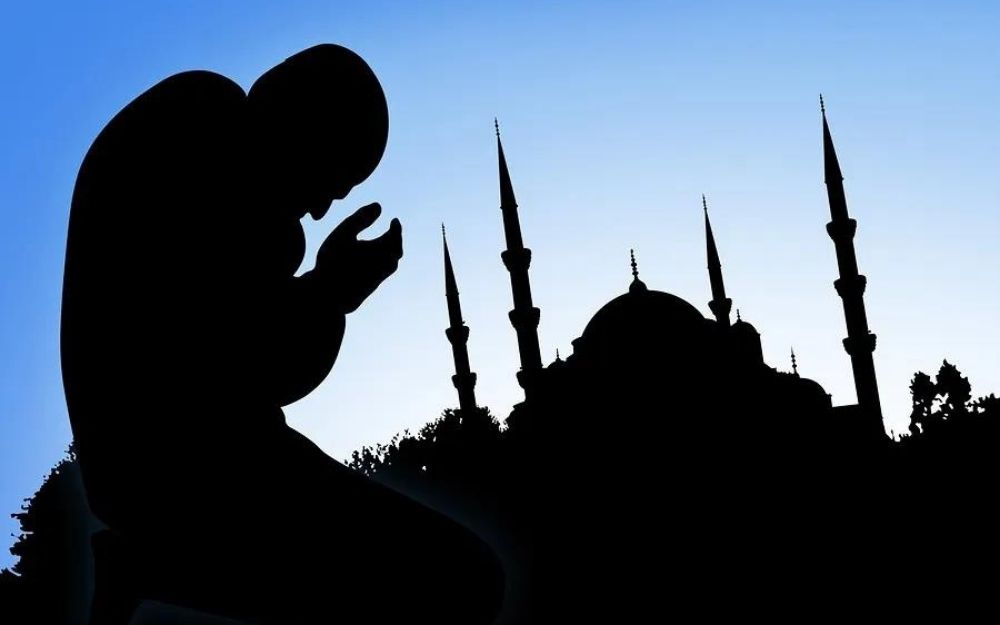
As you may know, adherents of Islam pray five times a day in accordance with the pillars of Islam. Those prayer times are dictated by the position of the sun in the sky. Those times are as follows:
- Fajer: The time of dawn as the light begins to break the horizon.
- Dhuhr: The time in which the sun begins to descend after reaching its highest point in the sky.
- Asr: The time when the shadow of an object is the same length as the object itself
- Maghrib: Sunset.
- Isha: The time when the sun’s light is absent from the western sky/ the onset of nighttime.
At each prayer time the muezzin will recite the affirmation of Allah (God), followed by the Shahadah (profession of faith), and finally it concludes with a call to prayer. The proper way to call to prayer is as follows:
“God is the greatest” (Allahu akbar); recited four times.
I testify that there is no God but Allah (Ashhadu anna la ila ill Allah); recited twice.
I testify that Mohammed is God’s Prophet (Ashhadu anna Muhammadan rasul Allah); recited twice.
Come to prayer (Hayya alas salah); recited twice.
Come to security/salvation (Hayya alal falah); recited twice.
God is the greatest (Allahu akbar); recited twice.
There is no God but Allah (La ilah ill Allah); recited once.
An additional line is sometimes added to the first prayer of the day (first light fajr):
Prayer is better than sleep (Assalatu khayrum minan naum); recited twice.”
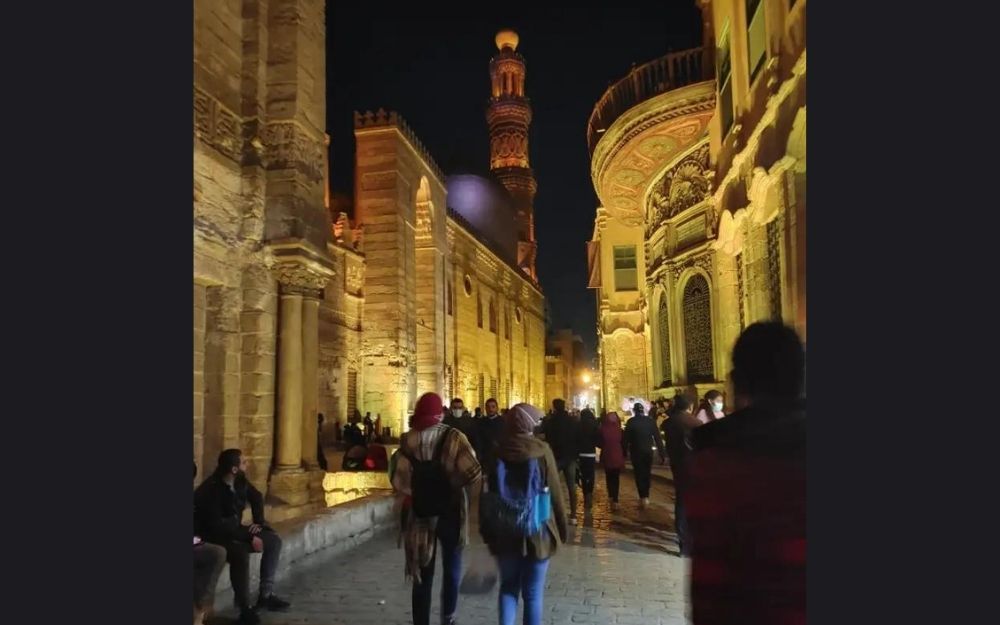
The Minaret and The Adhan
El-Moez Street with Minaret in the background Photo taken by Malorie Lewis
Historically, the call to prayer was performed, by the muezzin, from the top of the Minaret. A minaret is a unique architectural feature of the Mosque, and is pictured in the photo above. This tradition dates back to around the 8th Century during reign of the Abbasid Caliphate. However, in modern days the Adhan is more likely to be broadcast from speakers that are attached to the infrastructure’s minaret. The message reverberating throughout the neighborhood notifying the nearby inhabitants that it is time for prayer. The call to prayer is an essential part of worship and is slowly becoming more accepted in the United States where there are larger Muslim populations.
Minneapolis, MN Approves the Call to Prayer
Before the start of Ramadan 2022, a bill passed in Minneapolis, MN authorizing mosques to broadcast the call to prayer between the hours of 7:00 AM to 10:00 PM year-round. Minnesota council member Jamal Osman introduced the bill that later became adopted and approved by the council. The approved resolution is located here! Osman explained that after combing through the city ordinance, the Adan is legal as long as the mosques comply with the noise ordinance. That essentially requires the mosques keep the broadcast below 15 decibels it is completely legal to perform the call to prayer.

“We have created this policy to make sure we are being equal to the communities and not really trying to offend anyone or make sure we are not disturbing anyone. Like I say, it has been positive. It has been happening three years for the month of Ramadan for one mosque. Now making it for the entire city has been positive. And like the mosque we want to be respectful, the Muslim community wants to be respectful to their non-Muslim community in the area. They do want to be respectful and have that conversation with them. Some of them have decided to wait until they have that conversation with their neighbors. So, we live in a beautiful country with laws, and we are not breaking the laws, we are following the laws and making the laws that reflect the entire community.”
Jamal Osman during interview
Historical Trend
While this is not the first city to legalize the Adhan in the United States, it is a historical moment because it signals a growing trend of acceptance towards our fellow Muslim Americans and their religious rituals. The call to prayer was first legalized in the U.S. in 2004 in the city of Hamtramck, Michigan. Minneapolis is the 4th city in the United States to deem the call to prayer legal; the city following behind Hamtramck, Dearborn, and Patterson NJ.
By Malorie Lewis / Arab American Contributing Writer
